Friends of big hits or fans of aerial work well done, today, Padel May looks at the technique of smash at padel. A move that one might think easy to achieve but which deserves its learning time.
The blow so coveted by the big arms: the smash. Over the years, players begin to understand that the smash is not just a way to finish the point, but also a way to work on the defense of the opponents. Franco Stupaczuk is one of those players who doesn't hesitate to use the smash a lot as a means of construction. So here we are, here we are, let's break down the smash in our basics padel.
Before we start, let's try to find a resemblance of our smash padel with other sports. The goal of the tennis smash will be to finish the point so yes, we could be inspired by this sport, but also, still in tennis, the serve is impacted above the head, with several effects, and that could also interest us .
There is beach tennis which takes up these same effects with a racket that is similar to that of the padel. Then, squash and badminton use the flat strike rather than the spinning one. Finally there are other sports such as volleyball which use overhead strikes and which can be a source of inspiration for the player. padel.
This is an example of what we can find and copy from other sports and apply to padel. There are certainly others that you can of course comment on.
So if we put our studies and research together, it would appear that there are more than just flat hitting with the smash. There are also effects. These effects will be lifted with a bottom-up effect, or brushed with a side impact from right to left or from left to right. So certainly we can believe that these side effects are used only for bandejas, but be aware that it also works with smashes.
The effects
We're going to have to play with our racquet grip and our wrist flexibility. The more relaxed we are, the more effective our smash will be.
Using effects will allow us to control ball speed to endanger opponents by looking for the ball. wire rack, the side window or the back window. This taking effect will be more or less important depending on the place of impact. We are well aware that a smash hits over the head, but this area is wide. We invite you to test impacts above your head, lightly on your right shoulder, lightly on your left shoulder, in front of you and behind you. By varying the speed you will discover new exits to your smash.
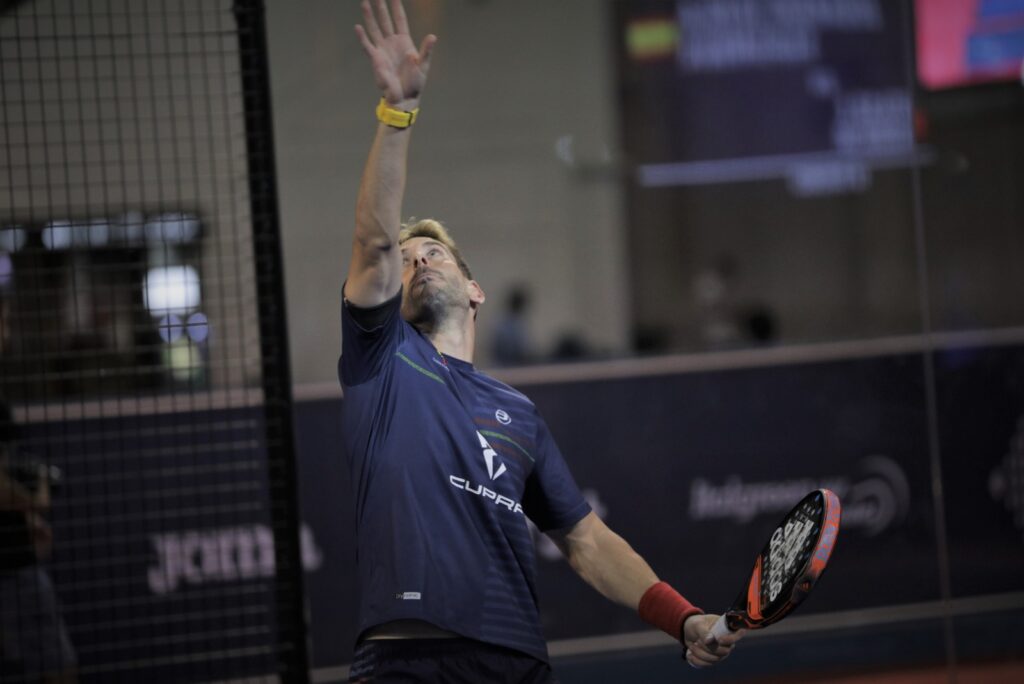
The curve
Curving your ball will allow you to broaden your range of smashes. The classic smash, hit flat from the top down will have a downward, straight curve, with a rebound fairly close to the net.
The same flat smash can be impacted lower and have a more rectilinear curve for a deep rebound, close to the back glass. Finally, and this is surely the most used curve, it is the use of the smash which, when leaving the racket, will first go upwards before going down again. This curve is used a lot because it allows you to find angles, like the short cross at the grid, like the par 3 with a rebound close to the back glass, impacted from the service line, but be careful, it is also the most technically complicated.
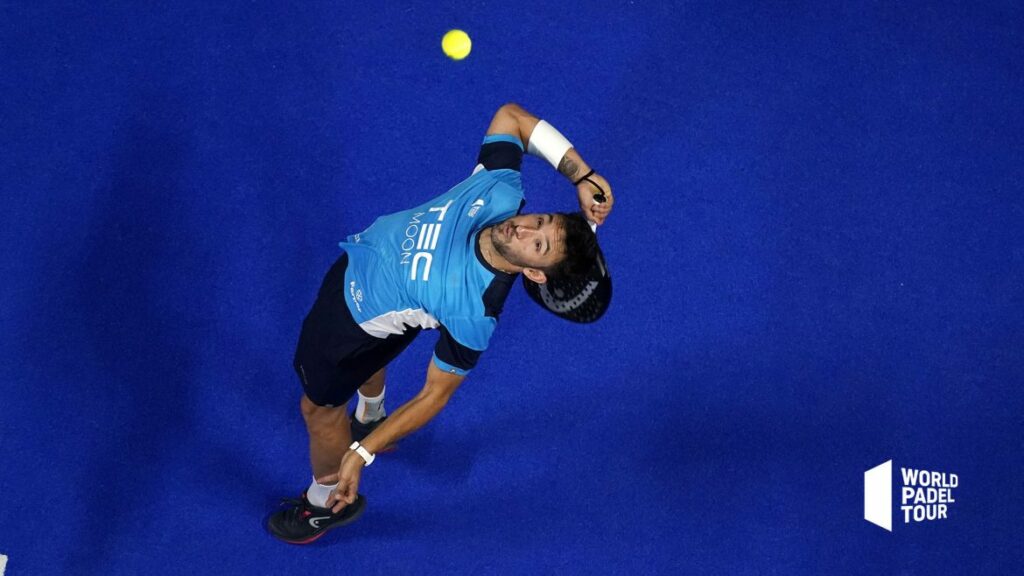
Technical
The smash is both simple and complicated. Simple because everyone is able, from day one on the track, to hit a smash. Complicated because the effect and fluidity in the gesture will automatically go through technical mastery.
Before getting into the technique, consider practicing the powerless impact first. Don't skip steps and always want to hit full force. So, posted at the net, our opponents attempt a lob with a “bell” ball. This high ball will allow us to place ourselves under it, it is the base. The non-dominant hand will immediately point the ball, which will allow us to look for the impact in front, on the right side, left or behind us.
At the same time as the action of the non-dominant hand, the pala will be placed. We speak of a “bird's wing” type opening for ample preparation or even a shorter preparation, pala placed behind the head, arm bent.
The legs will also do their job. Either with a first forwards or backwards, we will adjust our position by moving in profile, or in chasing steps, or like a crab by crossing our legs with each movement. Once the perfect position is found, we will try to join our feet, on the point, to cause an imbalance and to arch our body. This imbalance will force us to push up on our legs. Being arched will act as a bow that bends before releasing the arrow. We will gain in execution power, we will give more spin to the ball, and above all we will get the ball as high as possible.
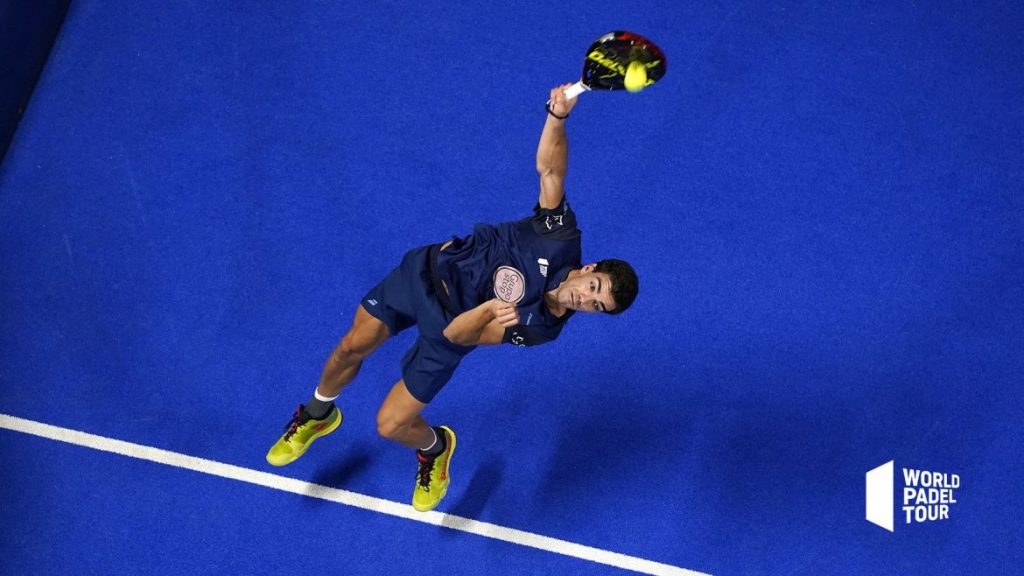
The end of the gesture will differ depending on the style of the smash. For a powerful smash, flat, our pala will finish its race, for a right-handed person, under the left arm, because our end of movement will be forward. For a spin with effect, since we will finish in extension, the dynamics will throw us backwards or towards our non-dominant shoulder. The dominant arm will therefore end, to rectify the balance and also for the effect, outside, far from our body. Finally, and for effect smashes with a lot of power, the dominant leg will rise to the level of the end of the dominant arm for a perfect balance.
Conclusion
The smash at padel is a very simple move to use from the first days, but very difficult to master when we want to give it effect. Take it step-by-step, without hurrying, first looking for a nice ingredient that is impact, a nice work area, a bounce and a precise gesture, then add a pinch of power for a recipe. final, worked on week after week, which will delight you and your guests (not sure…).
Julien Bondia is a teacher of padel in Tenerife (Spain). Columnist and advisor, he helps you play better through his tutorials and tactical/technical articles padel.




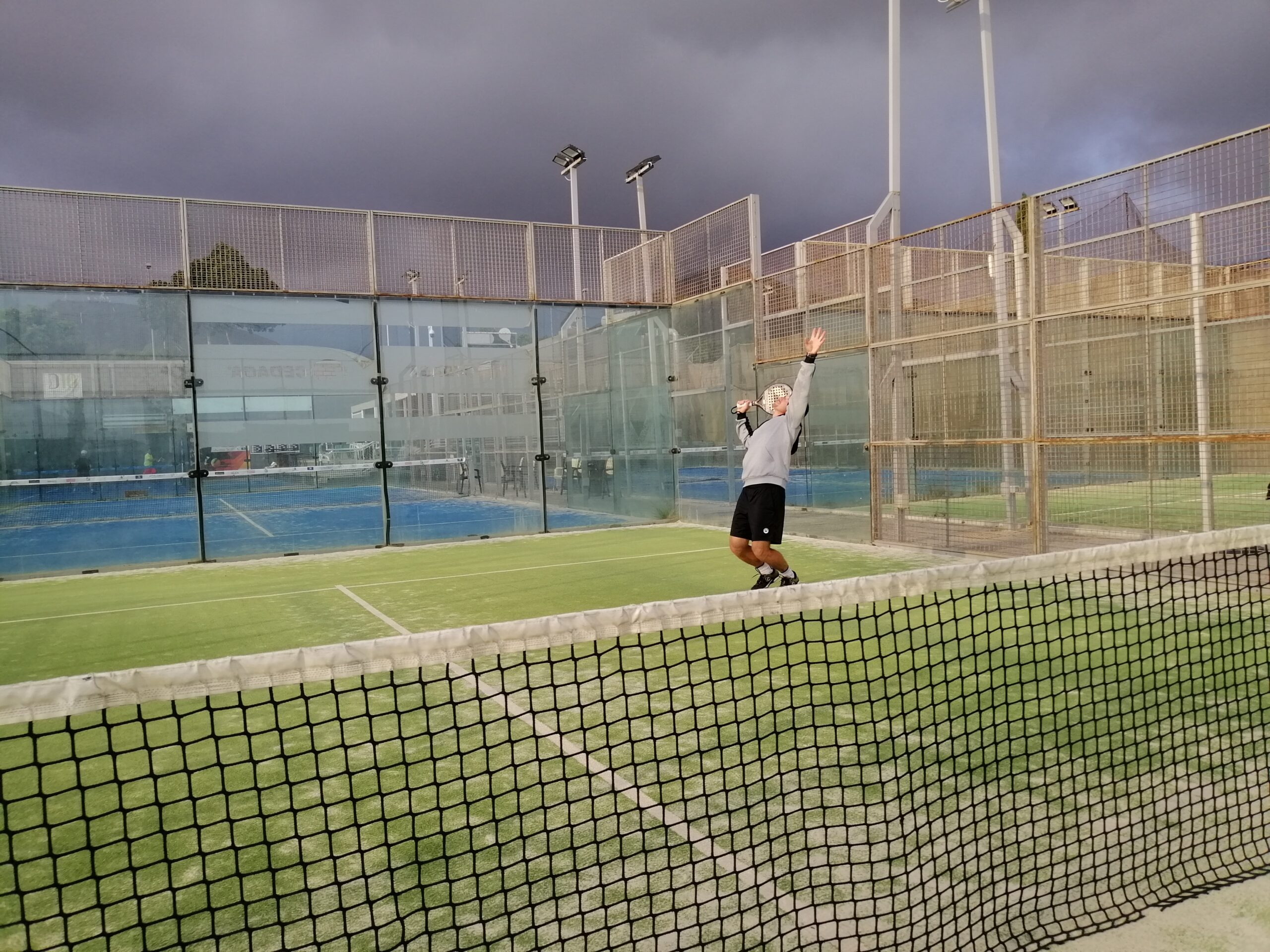




































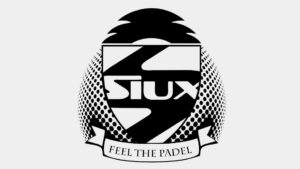


























































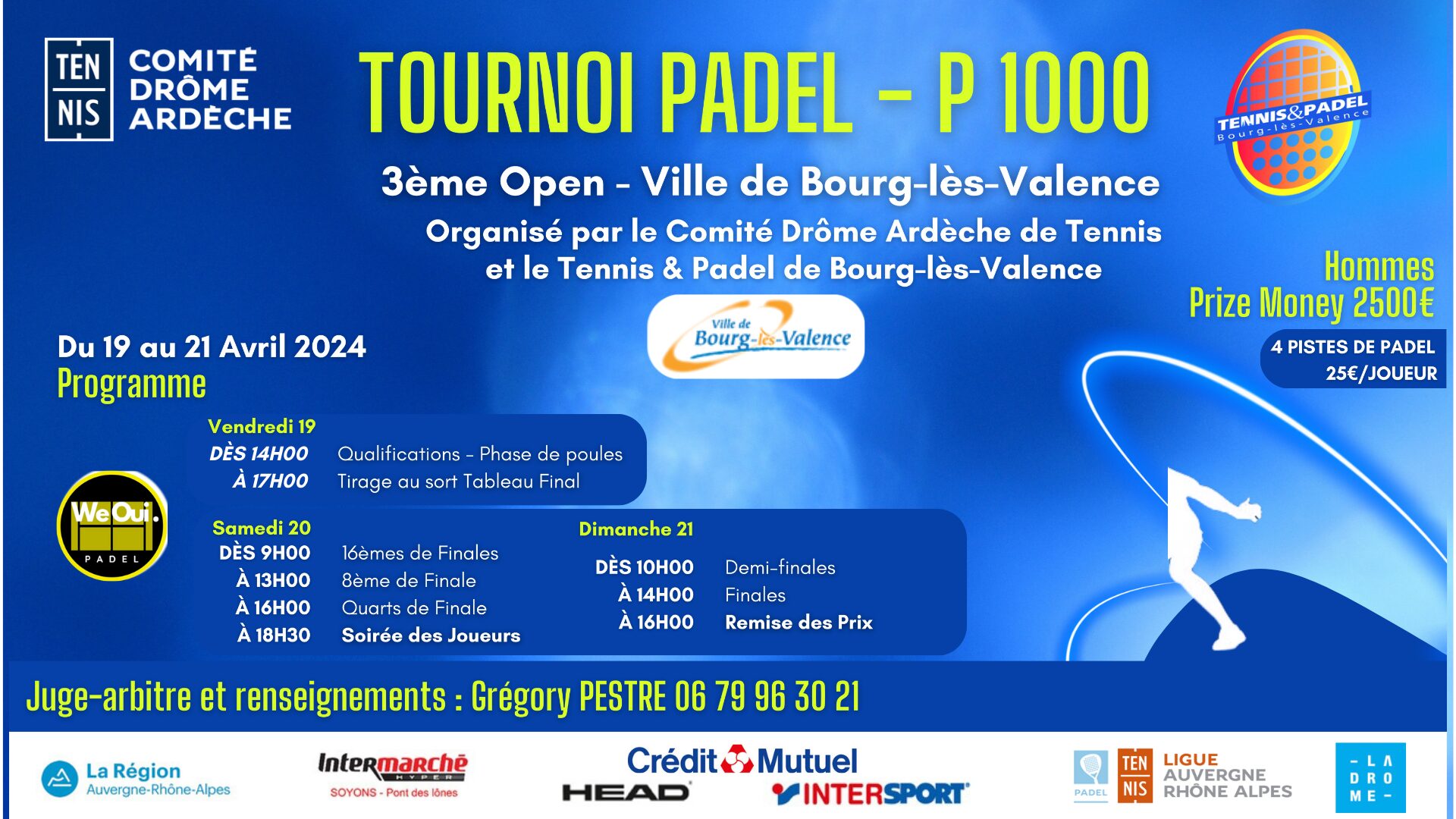 P1000 Bourg-lès-Valence – Live, programming, results…
P1000 Bourg-lès-Valence – Live, programming, results…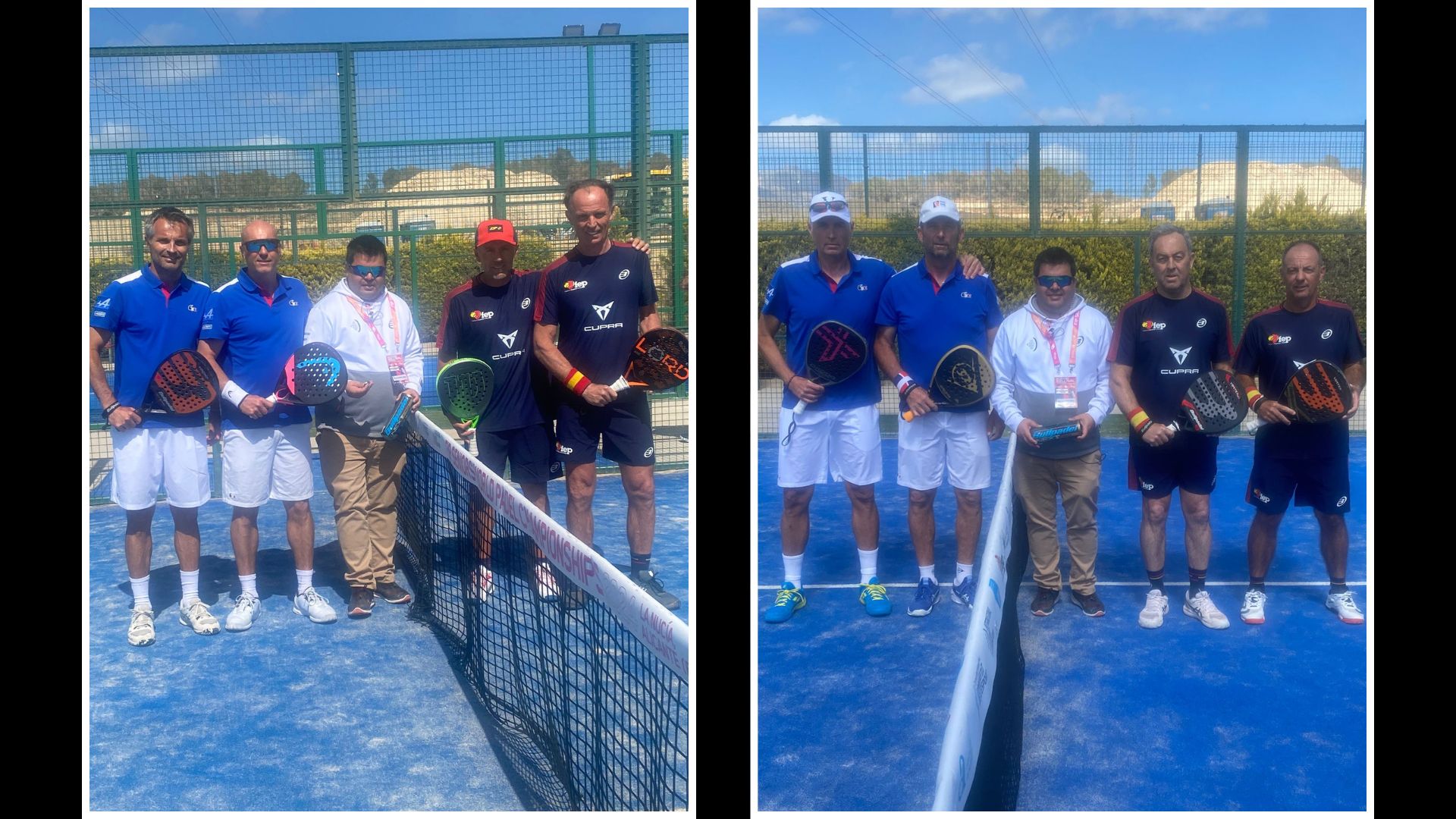 World Seniors Plus 2024 – The French are one point away from the feat against Spain!
World Seniors Plus 2024 – The French are one point away from the feat against Spain!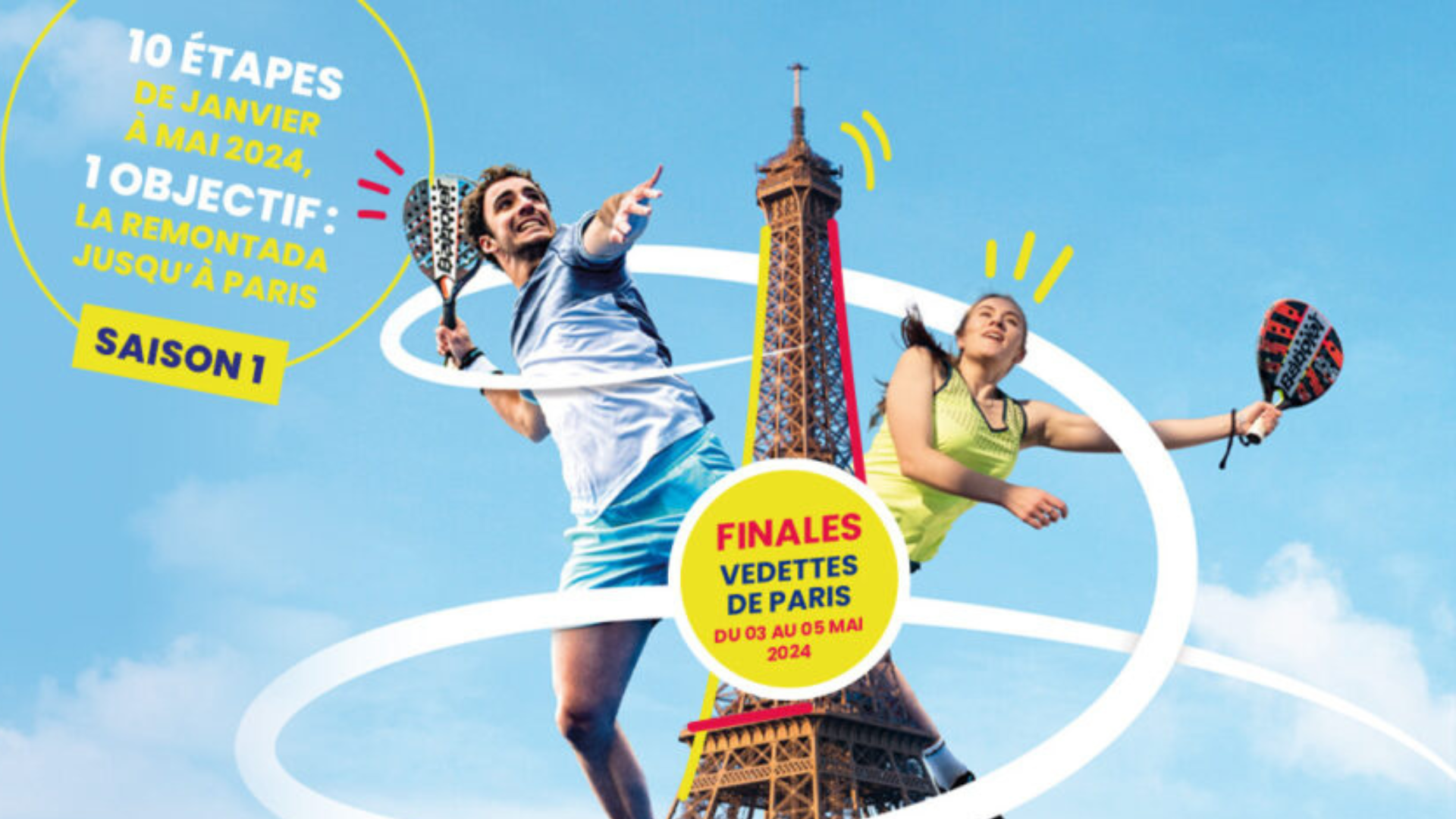 With the “BetClic Remontada Padel ", the padel invites itself for the first time at the foot of the Eiffel Tower
With the “BetClic Remontada Padel ", the padel invites itself for the first time at the foot of the Eiffel Tower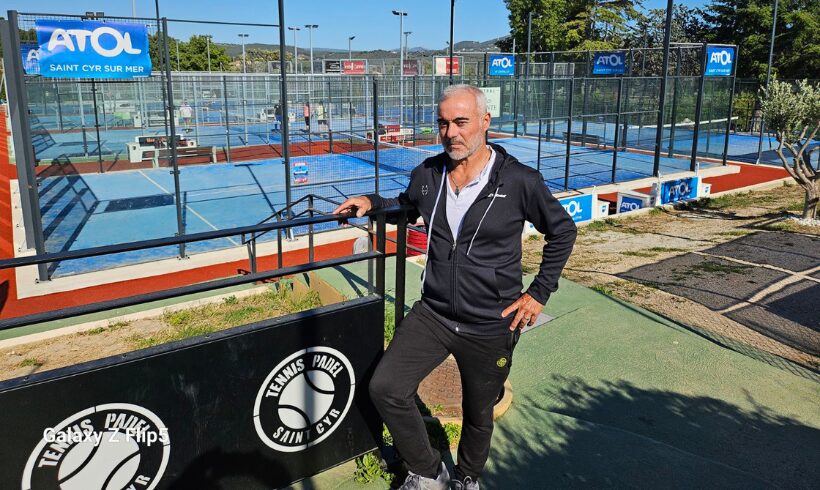 Alain Idier: “Adding tracks of padel, without sacrificing tennis”
Alain Idier: “Adding tracks of padel, without sacrificing tennis”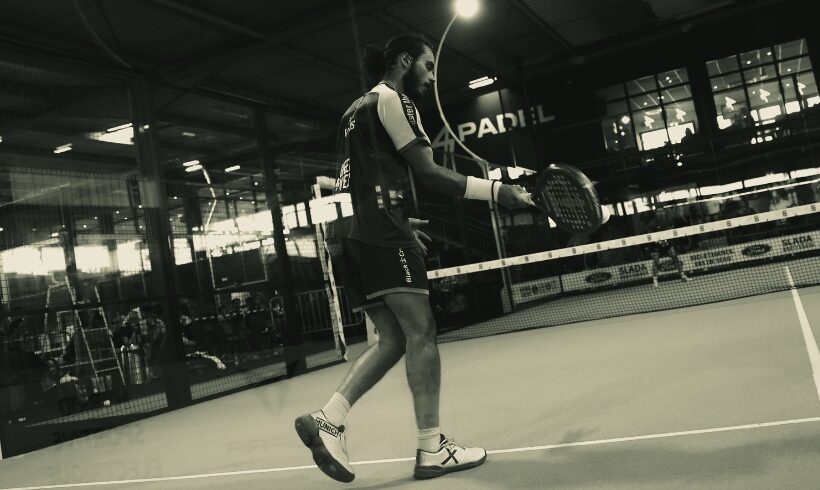 Manuel Vives: “It’s extremely difficult to get by financially”
Manuel Vives: “It’s extremely difficult to get by financially”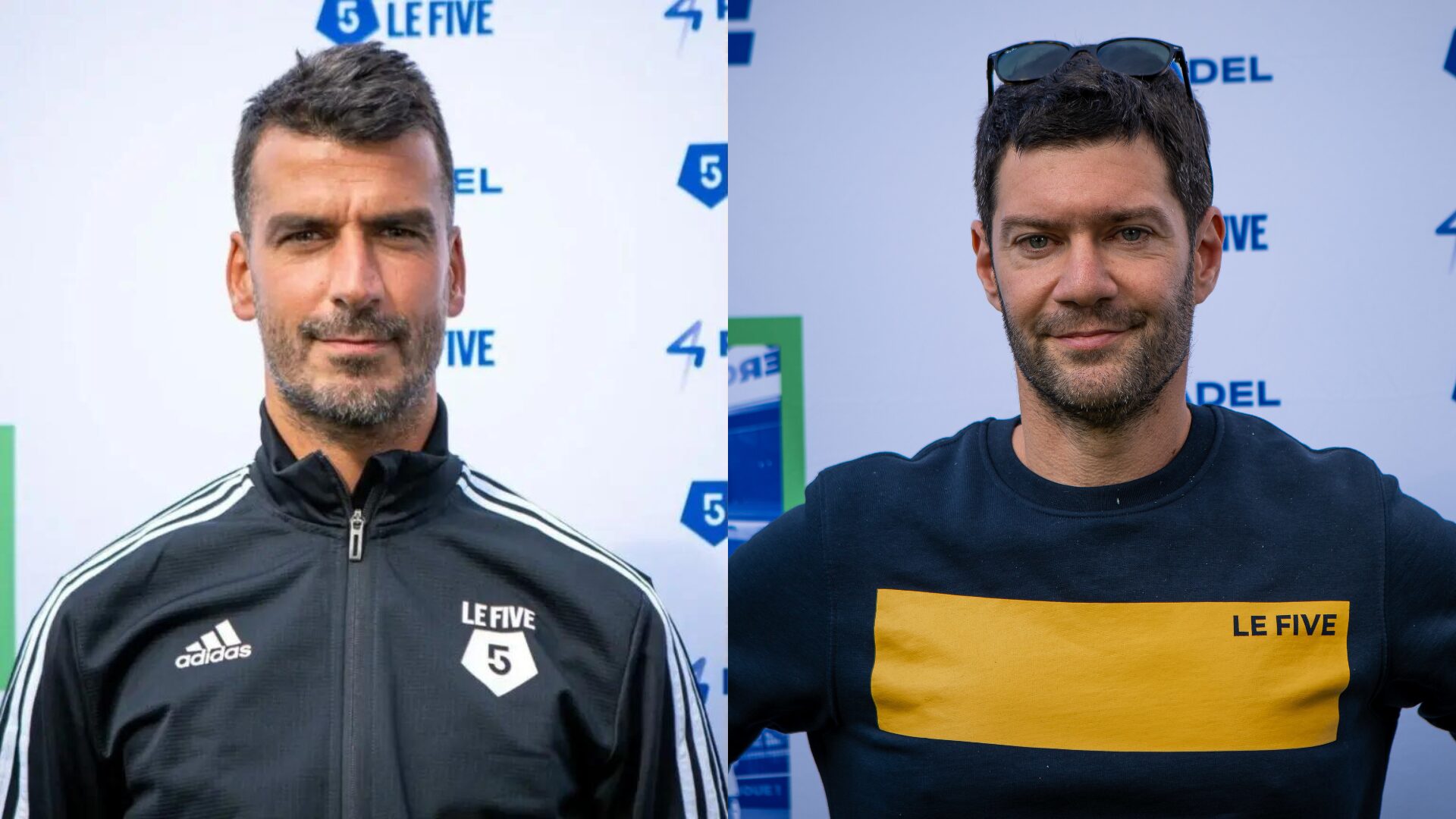 And 4 for Frédérick and Mehdy with network 4PADEL !
And 4 for Frédérick and Mehdy with network 4PADEL !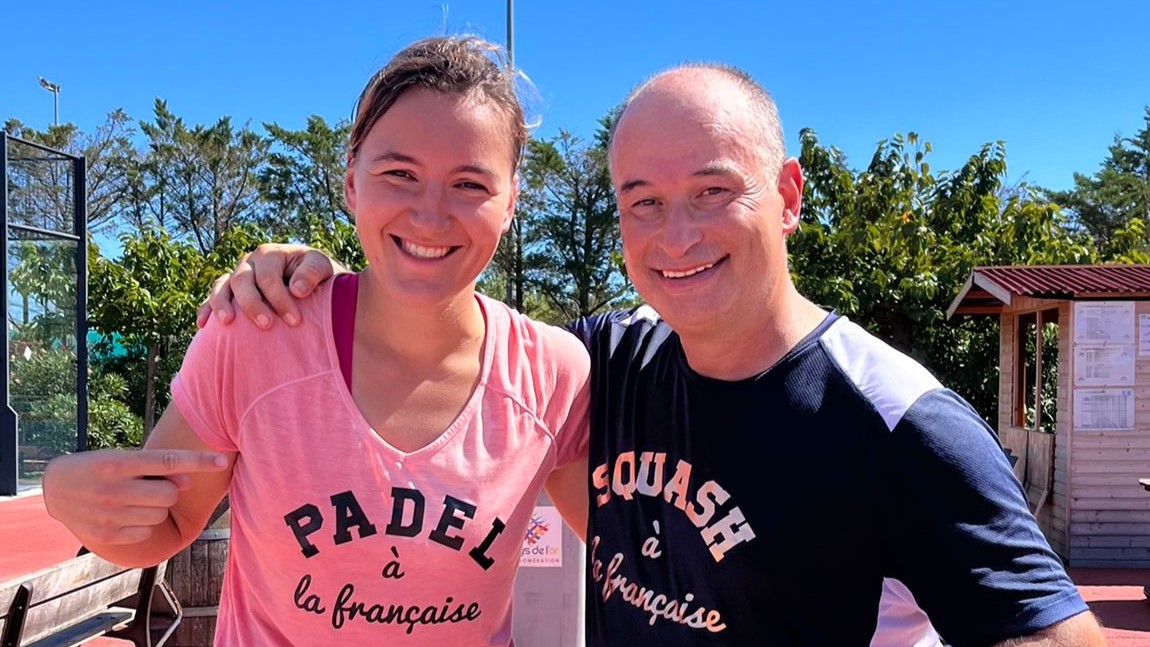 Benoît Letourneau (GM Squash & Padel): “Have a hundred young people in multi-snowshoes within three years”
Benoît Letourneau (GM Squash & Padel): “Have a hundred young people in multi-snowshoes within three years”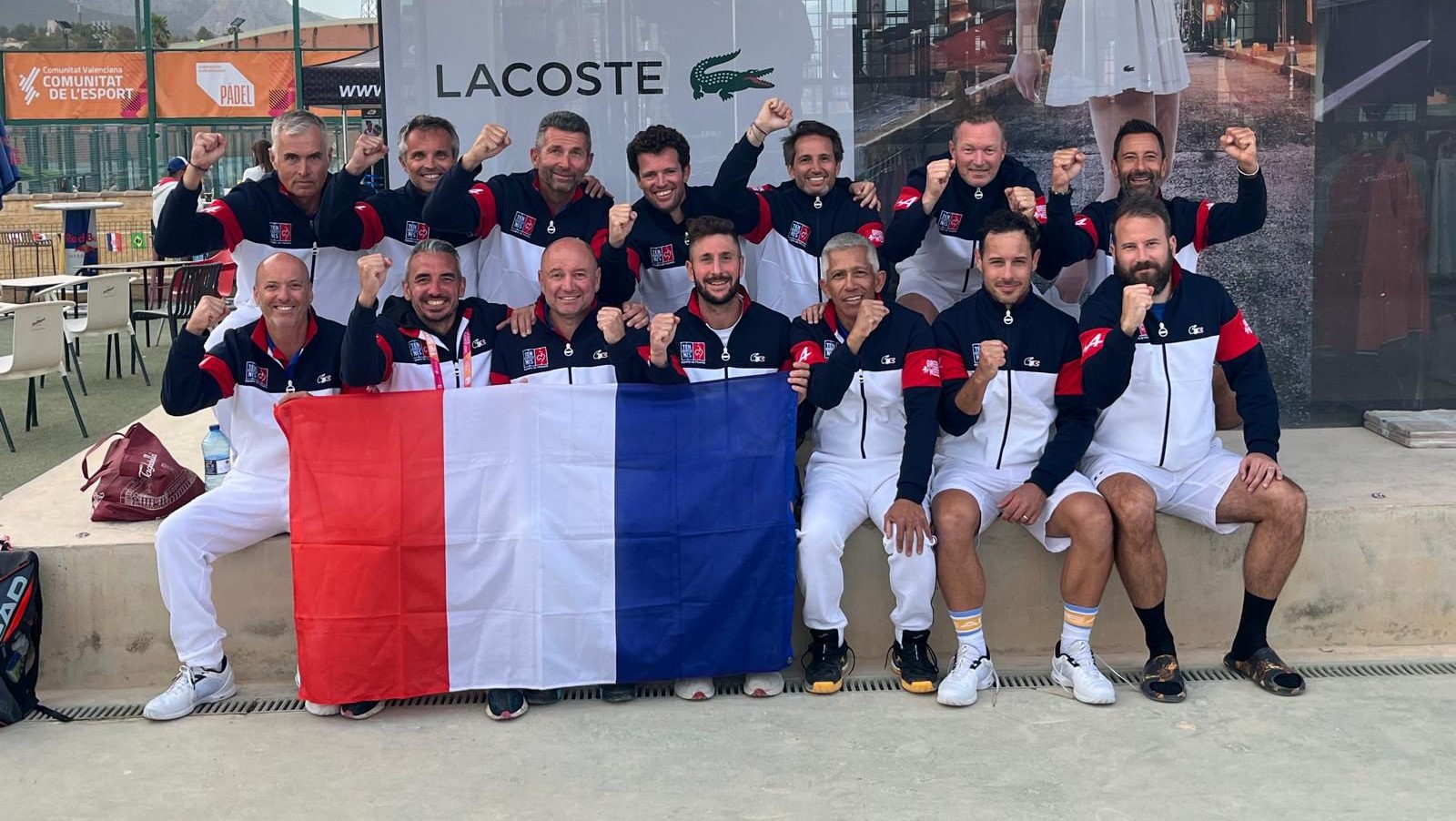 World Seniors Plus 2024: the French in the semi-final!
World Seniors Plus 2024: the French in the semi-final!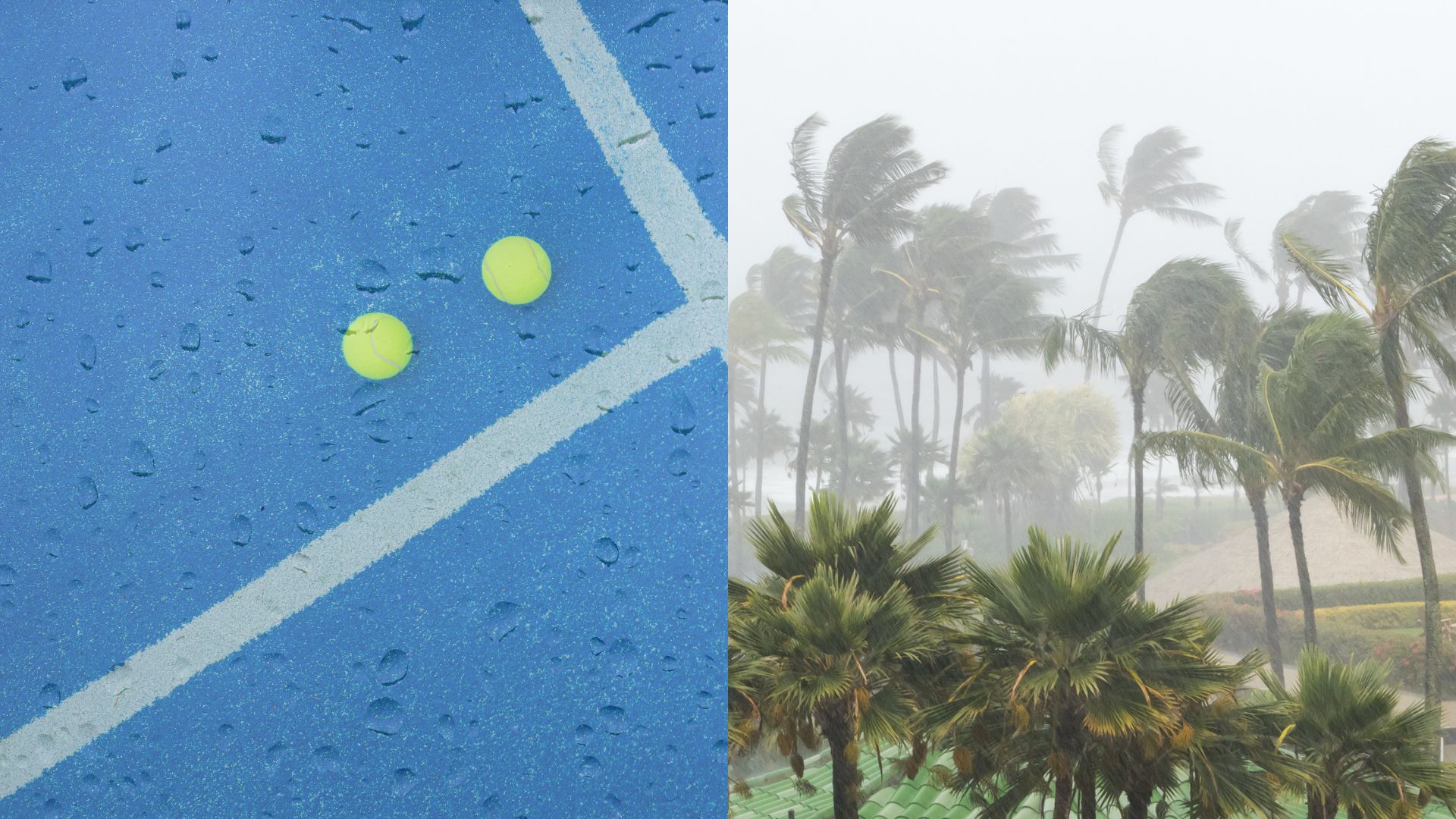 The French Overseas Territories: land of padel and challenges facing humidity and cyclones
The French Overseas Territories: land of padel and challenges facing humidity and cyclones A par 4 is always a winner...even if you manage to defend it!
A par 4 is always a winner...even if you manage to defend it!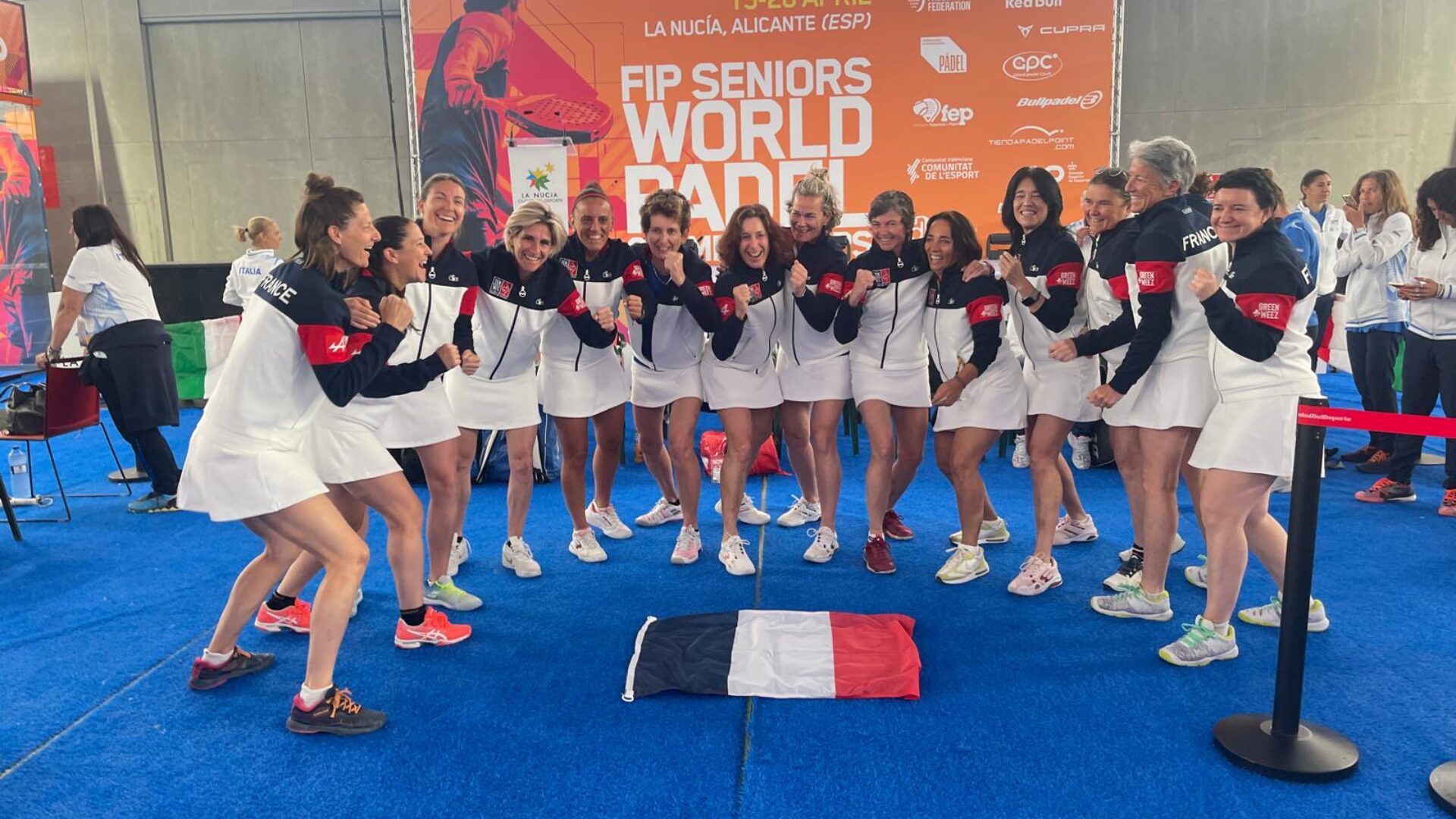 World Seniors Plus 2024: the French in the final against Spain!
World Seniors Plus 2024: the French in the final against Spain!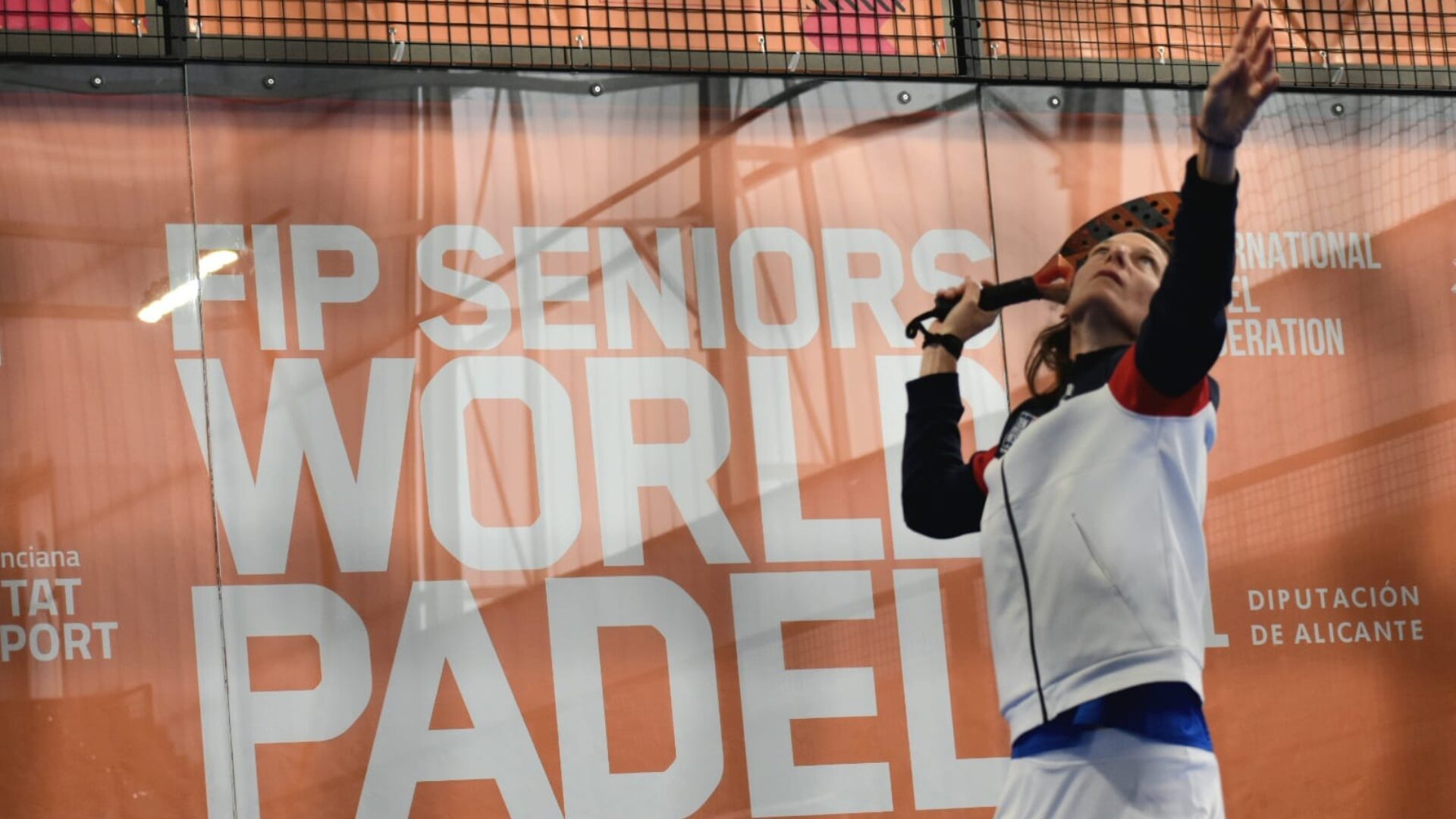 World Seniors Plus 2024 Open (F): the French imitate the French with 4 pairs in the semi-finals
World Seniors Plus 2024 Open (F): the French imitate the French with 4 pairs in the semi-finals World Seniors Plus 2024 Open (M): four French pairs in the semi-finals, and the psychological advantage gained against the Italians!
World Seniors Plus 2024 Open (M): four French pairs in the semi-finals, and the psychological advantage gained against the Italians! Play at padel on his yacht? Possible for €233.000!
Play at padel on his yacht? Possible for €233.000!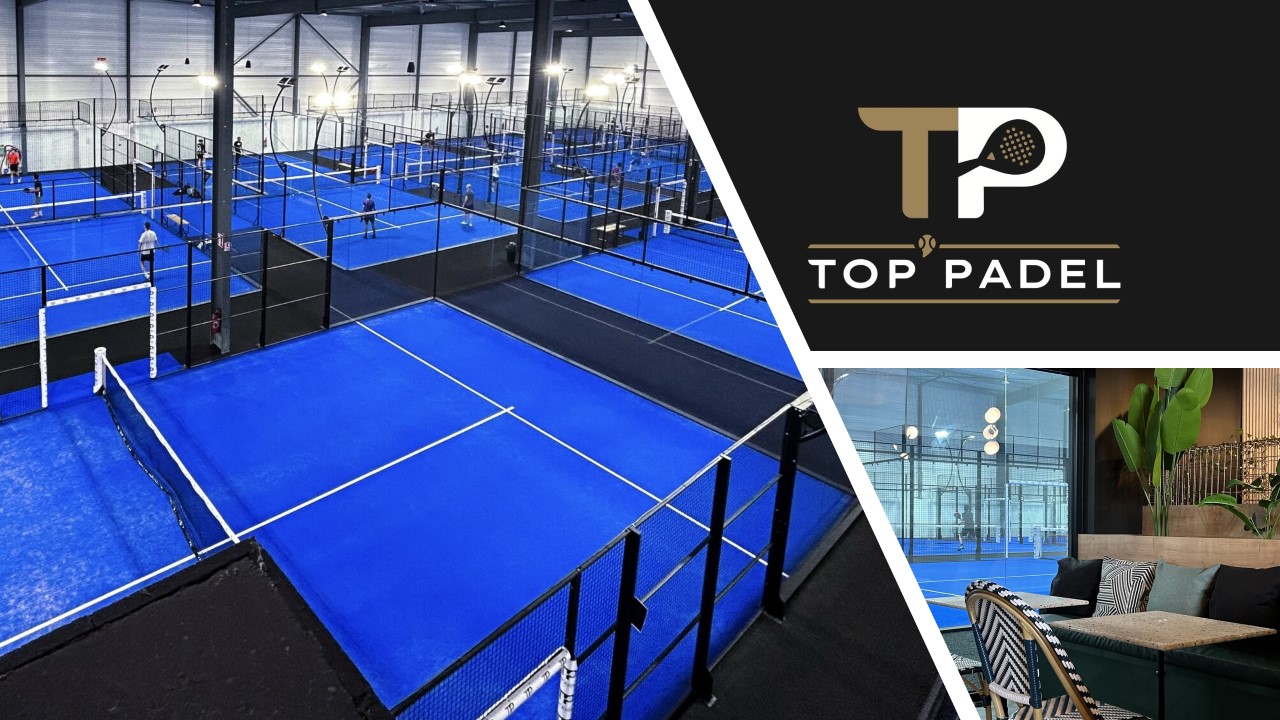 TOP Padel : “A premium club with 10 slopes in Toulouse”
TOP Padel : “A premium club with 10 slopes in Toulouse”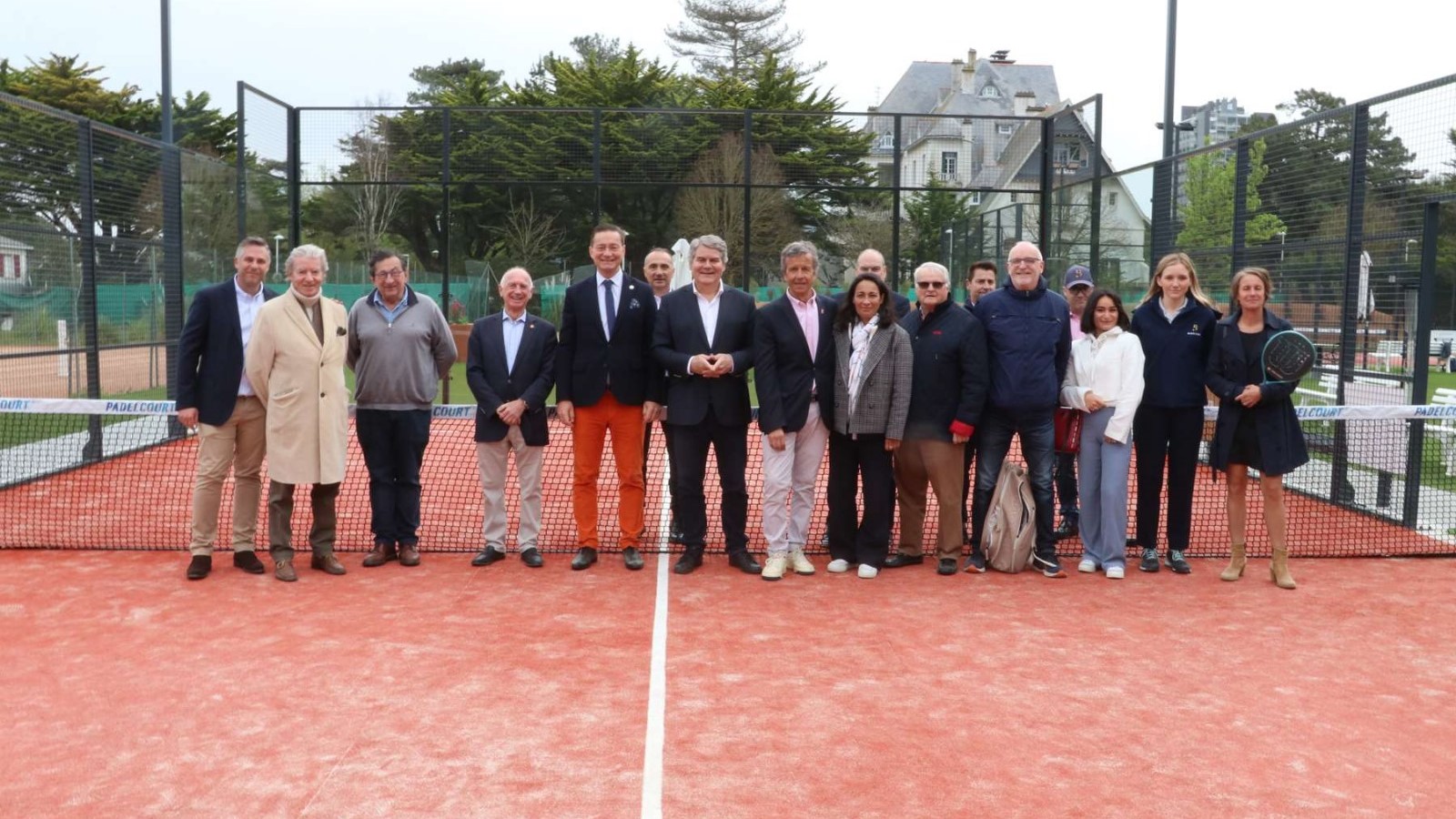 The padel of the Barrière Country Club are born in La Baule
The padel of the Barrière Country Club are born in La Baule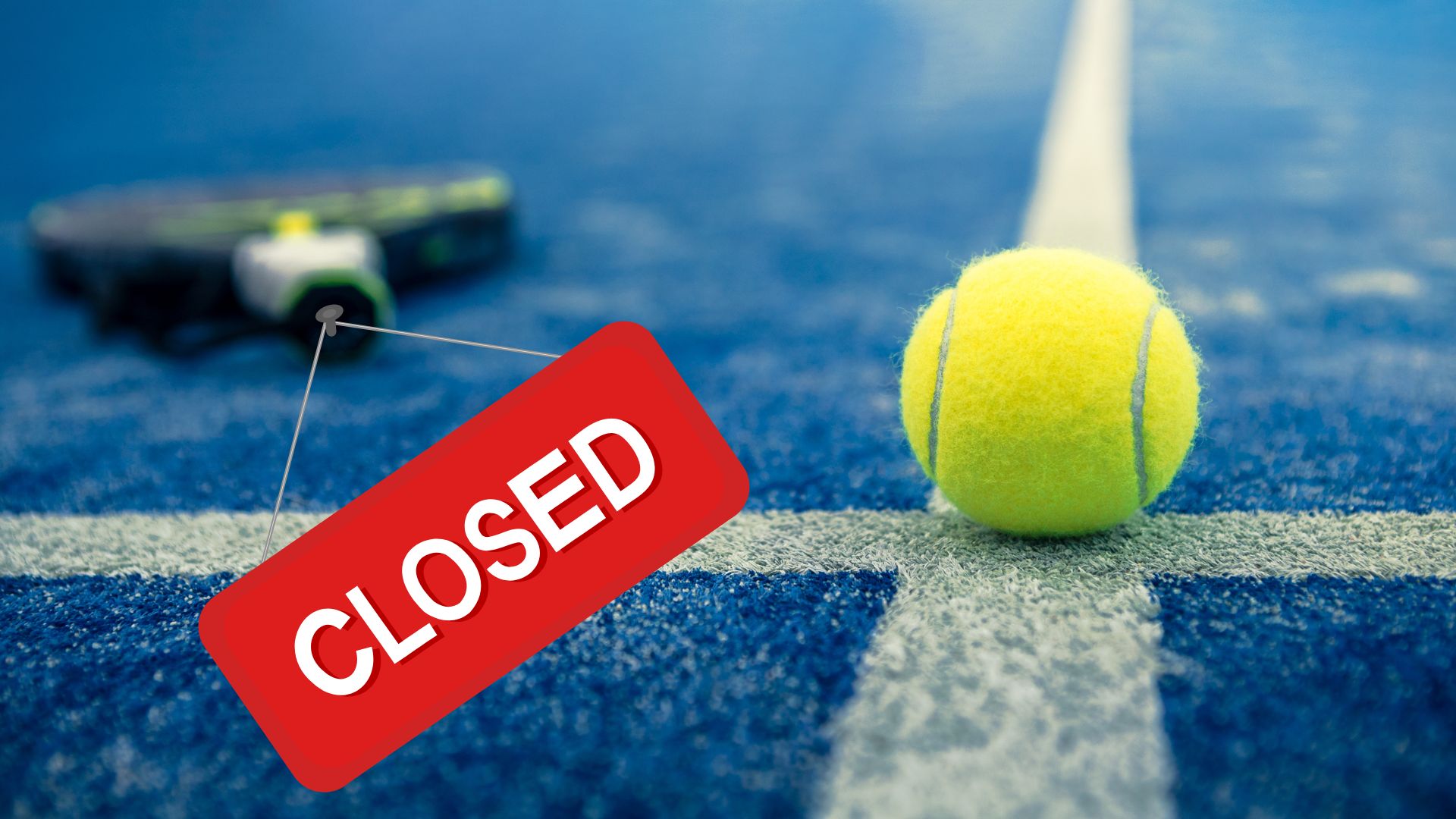 Why clubs padel do they close?
Why clubs padel do they close? The basic tactics of padel
The basic tactics of padel Carbon fiber VS fiberglass: what to choose?
Carbon fiber VS fiberglass: what to choose? How to effectively test a racket padel ?
How to effectively test a racket padel ? At the heart of padel – Episode 23: defend the window well
At the heart of padel – Episode 23: defend the window well Prohibition on playing topless Padel : the reasons
Prohibition on playing topless Padel : the reasons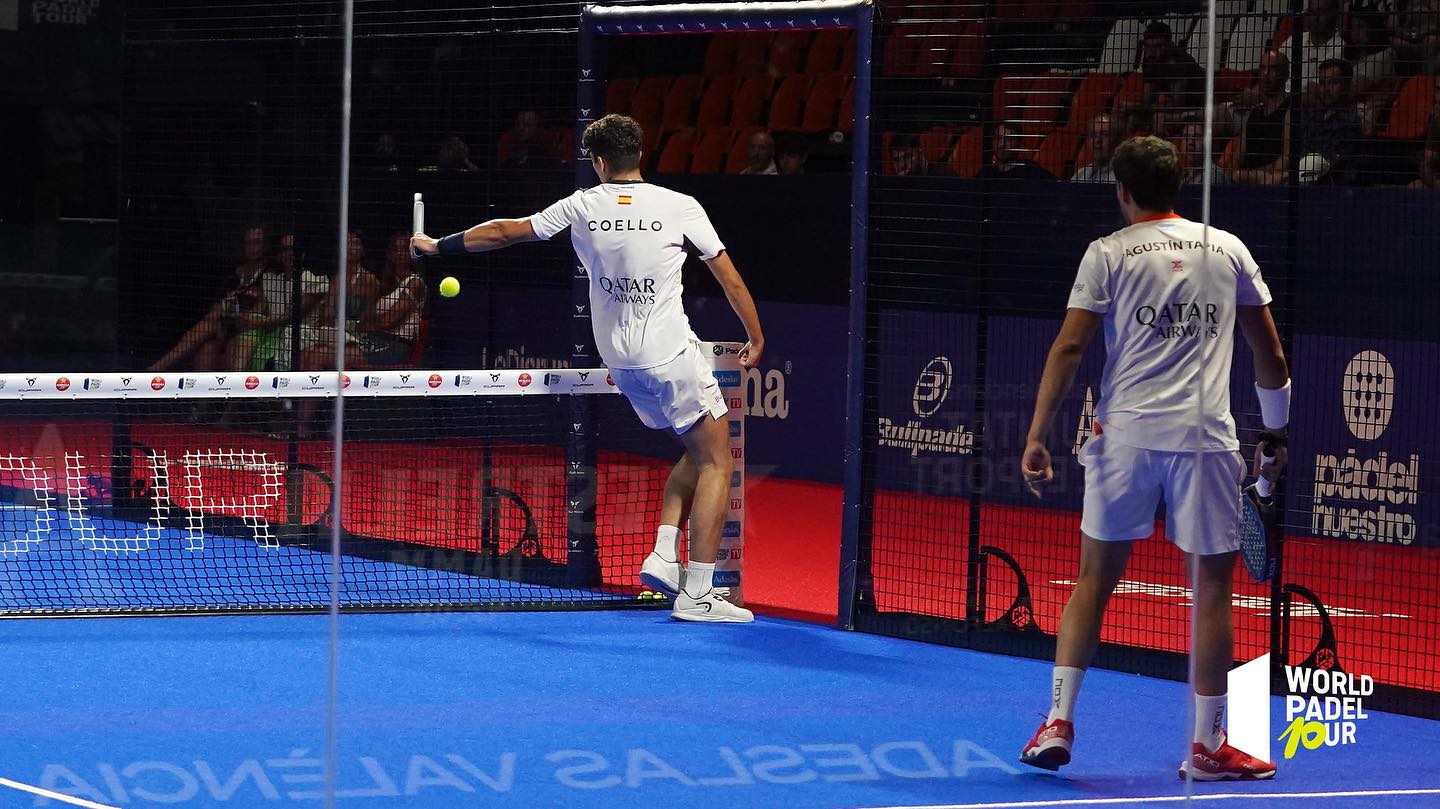 What is the difference between a dormilona, a dejada and a cushioned puerta?
What is the difference between a dormilona, a dejada and a cushioned puerta? FIP Tour – Going far from Europe, THE strategy to earn points!
FIP Tour – Going far from Europe, THE strategy to earn points! What is a good football player? padel ?
What is a good football player? padel ? “Lefties give me headaches when I play against them!”
“Lefties give me headaches when I play against them!” At the heart of padel – Episode 14: how to earn points in winter?
At the heart of padel – Episode 14: how to earn points in winter? La padel to fight Parkinson's disease
La padel to fight Parkinson's disease Don't play with a cracked or broken racket, your body will thank you!
Don't play with a cracked or broken racket, your body will thank you! Michel Cymes: “The padel, physically, it’s serious!”
Michel Cymes: “The padel, physically, it’s serious!” Jeremy Gala: “Promote the padel among young people in Belgium remains a challenge”
Jeremy Gala: “Promote the padel among young people in Belgium remains a challenge” The French Touch Academy organizes its selection day Padel-Study
The French Touch Academy organizes its selection day Padel-Study Report on the detection and training of younger generations
Report on the detection and training of younger generations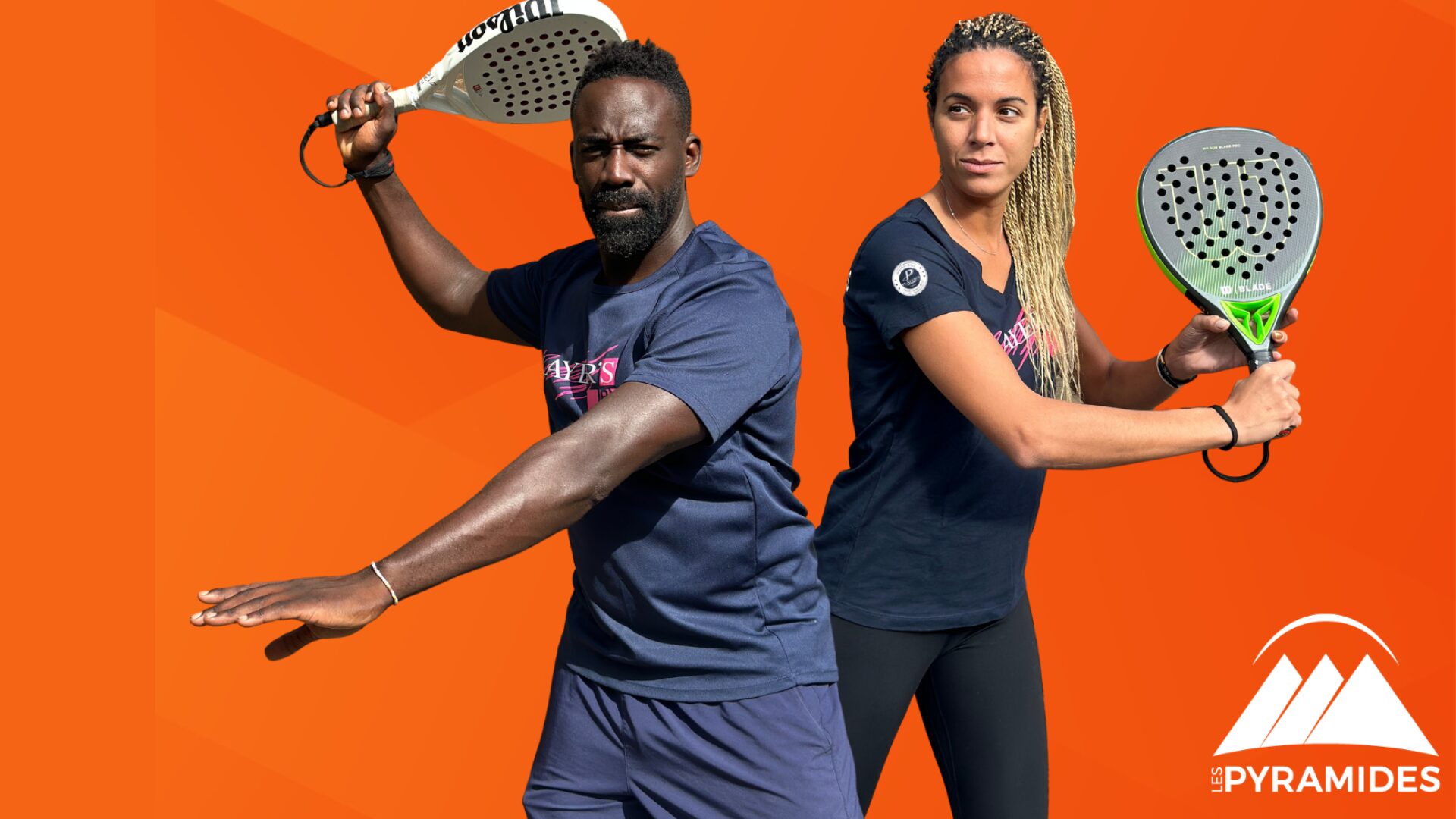 Player's adult courses from April 8 to 21, 2024!
Player's adult courses from April 8 to 21, 2024!